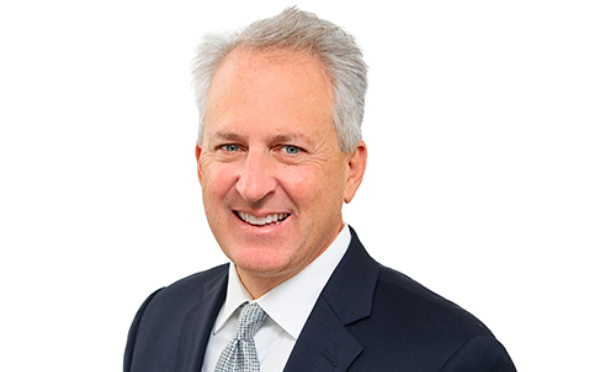The memory of the Great Recession is very much alive in the minds of commercial real estate professionals today. The bleak severity of the crisis is likely the reason why predicting the end of the current cycle has become a favorite pastime for industry leaders—a kind of PTSD tick for those who suffered through it. But, what about incoming young professionals? More than 10 years later, new professionals entering the commercial real estate market could have no or little memory of the economic disaster.
We asked George Mitsanas, a principal at Newmark Realty Capital, who has emphasized the importance of completing a structured workout on all deals, whether at the peak of the cycle or the pit. In this current boom cycle, even seasoned professionals could be inclined to loosen underwriting standards. “Here's the reality of a boom market cycle,” Mitsanas tells GlobeSt.com. “Both young and experienced talent in our industry is driven to focus almost exclusively on new production and income, creating a knowledge gap for complex structured workouts.”
New professionals entering the market have only had experience placing capital in a time of abundance, and that could lead to a rosier outlook. This is when disciplined underwriting standards are key. “There are strong, young talent right now that have developed their book of business in what has been essentially a nine-year up-cycle, so while they possess the proper tool set, they lack the experience gained during down market cycles,” says Mitsanas. “When capital is abundant and chasing limited opportunities for placement, distress can be predicted in aggressive debt structures as underwriting standards loosen. This is where institutional discipline must balance risk assessment with revenue and production goals.”
In addition to maintaining underwriting guidelines, Mitsanas recommends that building a qualified team of advisors. Newmark Realty Capital, for example, services a portfolio valued at more than $12 billion. “This means our producers have immediate access to seasoned in-house portfolio managers and stay involved in the loans they place on behalf of our clients and correspondents,” he says. “At our firm, we constantly remind our younger producers that they will stay with these loans through completion and to maturity, so underwriting and market analysis are where we mitigate risk and focus our mentoring and career development best practices.”
Stressing the importance of completing a structured workout in good times and bad isn't analogous to predicting the end of the cycle. Rather it is a preparation for when it does arrive—a way to mitigate risk. “As in all things, that time will come so be prepared.,” he says.
Unfortunately, not all companies following that advice. An advisory firm, like NRC, is of course sticking to those guidelines. It's their job to keep clients prepared and check all of the boxes. “The concern is how many industry originators are uber focused on pushing out deals to hit short-term quarterly production and revenue forecasts for their stock analysts over presenting a disciplined structure, which prepares their clients to weather whatever cycle is to come,” he explains. “After 25 years and surviving many business cycles, I know that our owner producer model focuses on the disciplined structuring to help protect our clients whether in an nine-year upcycle or hitting the inevitable downturn.”
© Touchpoint Markets, All Rights Reserved. Request academic re-use from www.copyright.com. All other uses, submit a request to [email protected]. For more inforrmation visit Asset & Logo Licensing.







